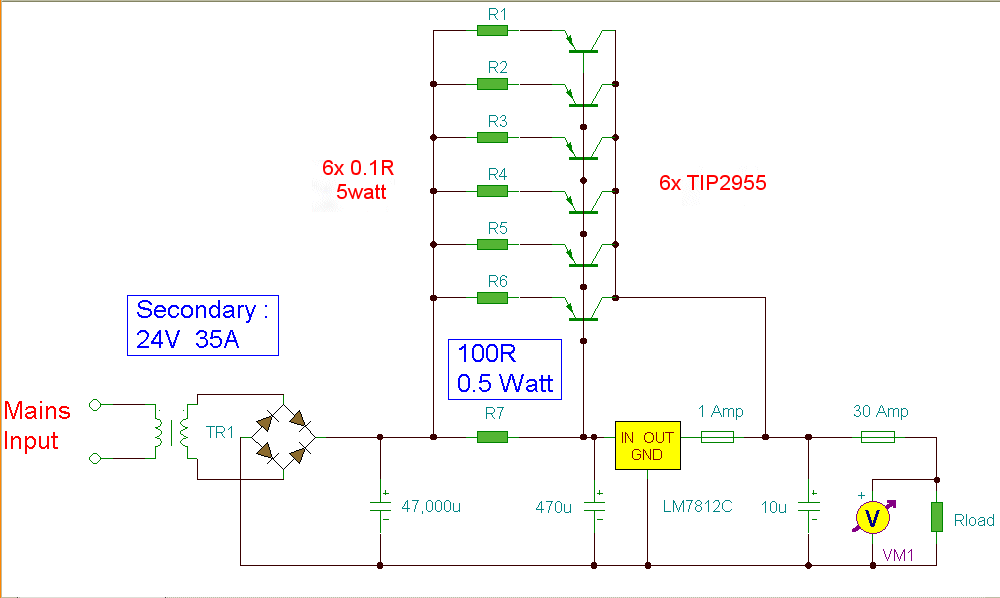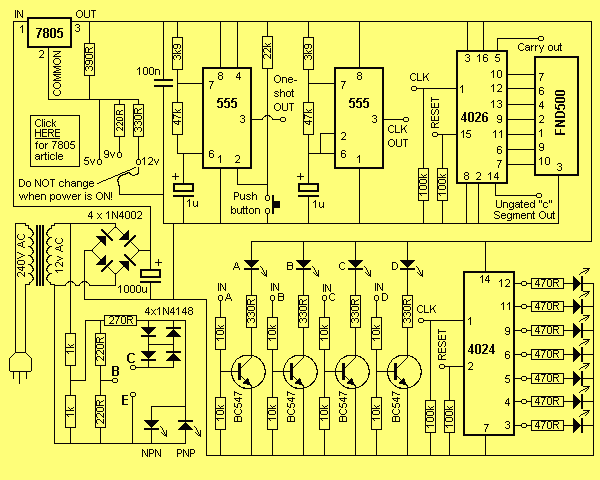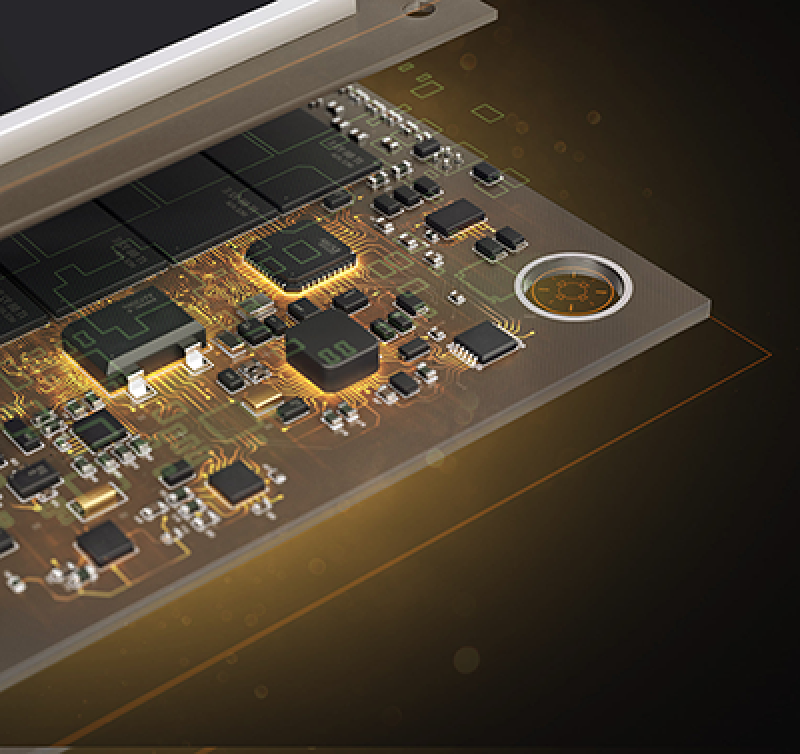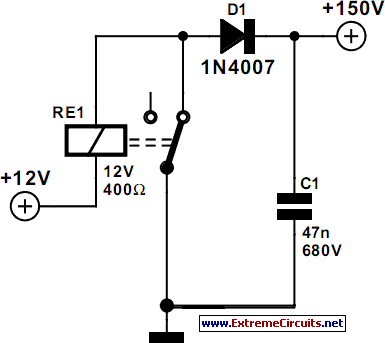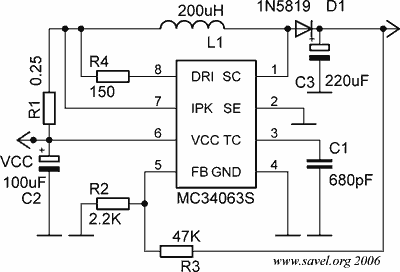
PSU Designer II
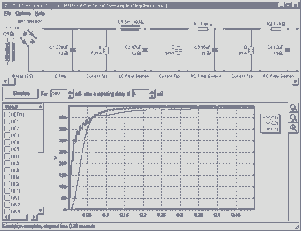
PSU Designer II is designed to help you with the design of simple linear (unregulated) mains power supplies, as often found in tube amplifiers. Rectifier types: Solid state, Vacuum tube types 5AR4, 5R4-G/GY/GYA/GYB, 5U4-G/GA/GB, 5V3-A, 5V4-G/GA, 5Y3-G/GA/GT, 5Z3, 6AU4-GT, 6AX4-GT/GTA/GTB, 6CA4, 6D22S, 6DE4, 6X4, 6X5/GT, 6W4-GT, 83, EZ80, EZ81, GZ33, GZ34, GZ37.
The PSU Designer II is a specialized tool for the design of unregulated linear power supplies, commonly utilized in tube amplifier applications. The key feature of this tool is its ability to accommodate a variety of rectifier types, which are essential for converting AC mains voltage into the DC voltage required by tube amplifiers.
The design process begins with the selection of the appropriate rectifier. The PSU Designer II supports both solid-state and vacuum tube rectifiers, offering flexibility based on the specific requirements of the amplifier circuit. The vacuum tube rectifiers listed include popular models such as the 5AR4, 5R4 series, 5U4 series, and others, each with distinct characteristics regarding voltage drop, current handling, and recovery time.
For instance, the 5AR4 is known for its high current capability and relatively low voltage drop, making it suitable for high-power applications. On the other hand, the 5Y3 and 6X4 models are typically used in lower-power designs due to their lower current ratings. The choice of rectifier will influence the overall performance of the power supply, including factors such as ripple voltage, efficiency, and thermal management.
In addition to rectifier selection, the PSU Designer II may also assist in determining transformer specifications, filtering components, and load requirements. The design of the power supply must consider the voltage and current demands of the connected tube amplifier circuitry, ensuring that the output is stable and meets the operational needs of the amplifier.
Overall, the PSU Designer II serves as a comprehensive resource for engineers and hobbyists alike, facilitating the design of reliable and efficient linear power supplies tailored to tube amplifier applications.PSU Designer II is designed to help you with the design of simple linear (unregulated) mains power supplies, as often found in tube amplifiers. bluebox.gif (813 bytes) Rectifier types: Solid state, Vacuum tube types 5AR4, 5R4-G/GY/GYA/GYB, 5U4-G/GA/GB, 5V3-A, 5V4-G/GA, 5Y3-G/GA/GT, 5Z3, 6AU4-GT, 6AX4-GT/GTA/GTB, 6CA4, 6D22S, 6DE4, 6X4, 6X5/GT, 6W4-GT, 83, EZ80, EZ81, GZ33, GZ34, GZ37. bluebox. 🔗 External reference
The PSU Designer II is a specialized tool for the design of unregulated linear power supplies, commonly utilized in tube amplifier applications. The key feature of this tool is its ability to accommodate a variety of rectifier types, which are essential for converting AC mains voltage into the DC voltage required by tube amplifiers.
The design process begins with the selection of the appropriate rectifier. The PSU Designer II supports both solid-state and vacuum tube rectifiers, offering flexibility based on the specific requirements of the amplifier circuit. The vacuum tube rectifiers listed include popular models such as the 5AR4, 5R4 series, 5U4 series, and others, each with distinct characteristics regarding voltage drop, current handling, and recovery time.
For instance, the 5AR4 is known for its high current capability and relatively low voltage drop, making it suitable for high-power applications. On the other hand, the 5Y3 and 6X4 models are typically used in lower-power designs due to their lower current ratings. The choice of rectifier will influence the overall performance of the power supply, including factors such as ripple voltage, efficiency, and thermal management.
In addition to rectifier selection, the PSU Designer II may also assist in determining transformer specifications, filtering components, and load requirements. The design of the power supply must consider the voltage and current demands of the connected tube amplifier circuitry, ensuring that the output is stable and meets the operational needs of the amplifier.
Overall, the PSU Designer II serves as a comprehensive resource for engineers and hobbyists alike, facilitating the design of reliable and efficient linear power supplies tailored to tube amplifier applications.PSU Designer II is designed to help you with the design of simple linear (unregulated) mains power supplies, as often found in tube amplifiers. bluebox.gif (813 bytes) Rectifier types: Solid state, Vacuum tube types 5AR4, 5R4-G/GY/GYA/GYB, 5U4-G/GA/GB, 5V3-A, 5V4-G/GA, 5Y3-G/GA/GT, 5Z3, 6AU4-GT, 6AX4-GT/GTA/GTB, 6CA4, 6D22S, 6DE4, 6X4, 6X5/GT, 6W4-GT, 83, EZ80, EZ81, GZ33, GZ34, GZ37. bluebox. 🔗 External reference

